Reading time: 4 minutes
Permaculture garden is an eco-friendly method that supports sustainable food production by mimicking natural ecosystems, like in a forest.
With its emphasis on regenerating the land, permaculture allows you to cultivate your own food and harvesting abundance while enriching the soil.
What Is Permaculture?
Permaculture is a holistic design system created in 1978 by David Holmgren and Bill Mollison, emphasizing the creation of self-sustaining ecosystems that integrate plants, animals, and humans in mutually beneficial relationships.
The goal is to regenerate the land, not just sustain it. Its principles revolve around three core ethics: Care for the Earth, Care for People, and Return the Surplus.
Watch the video:
On the above video you will understand in more details about permaculture from its creator and how to start your own self-sustainable garden.
Basically, permaculture garden focuses on working with your local environment to create a garden that nourishes both the earth and its inhabitants.
Through sustainable practices, it ensures that soil, plants, and ecosystems are continuously rejuvenated, and this is what we`re going to do on our abandoned farm in Spain.
How to Start a Permaculture Garden?
Before planting, take time to understand your garden’s natural ecosystem. Observe sunlight patterns, water flow, and native plant life.
The following steps will help you gain clarity before you begin designing a garden that works with nature, not against it.
Select Plants Suited to Your Environment
Research which plants, both annuals and perennials, that will thrive in your climate. Permaculture emphasizes diversity and companion planting, which means selecting plants that work together.
For example: Grow nitrogen-fixing plants like beans to naturally replenish soil nutrients, and include flowers that attract pollinators, or mix herbs that deter pests alongside vegetables to naturally protect crops.
Design Your Garden Layout
Using your observations and plant choices, design a layout that maximizes efficiency. Layer your garden by growing plants of different heights together: Herbaceous plants can cover the ground, shrubs create a middle layer, and trees provide a canopy. This stacking mimics nature and uses space more effectively than traditional row gardening.
Build Raised Beds or Try Sheet Mulching
Raised beds are ideal because they maintain the integrity of the soil, preventing the loss of nutrients through tilling. Alternatively, try sheet mulching, a no-dig gardening method where you layer organic materials (such as cardboard, straw, and leaves) over the ground to create rich, fertile soil without disrupting natural life below.
Start Planting
When planting, group plants with similar water and sunlight needs together. Begin with taller plants that provide shade, and position smaller, more sensitive plants in the shade they create. Consider the needs of each plant and how they interact with one another to create a balanced ecosystem.

Mulch for Protection
After planting, apply a thick layer of organic mulch, like wood chips, straw, or leave to cover the soil. Mulch suppresses weeds, conserves moisture, and protects the beneficial microorganisms living in your soil. It also gradually breaks down and enriches the soil with nutrients.
Add Organic Compost
Avoid chemical fertilizers. Instead, focus on enriching your soil with compost made from kitchen scraps, grass clippings, and other organic matter. Compost adds essential nutrients back into the soil, enhancing its fertility over time. Worm composting (or vermiculture) is another excellent way to enrich the soil with nutrient-dense castings.
Water Sustainably
Efficient water use is key in permaculture. Install a drip irrigation system to minimize water waste by delivering water directly to the roots. You can also collect rainwater from your roof gutters and use it to water your garden. This not only saves water but also creates a self-sustaining off grid water system.
Why Permaculture Matters?
By following these steps, you’re not just creating a permaculture garden, you’re participating in a system that heals the earth and benefits your community.
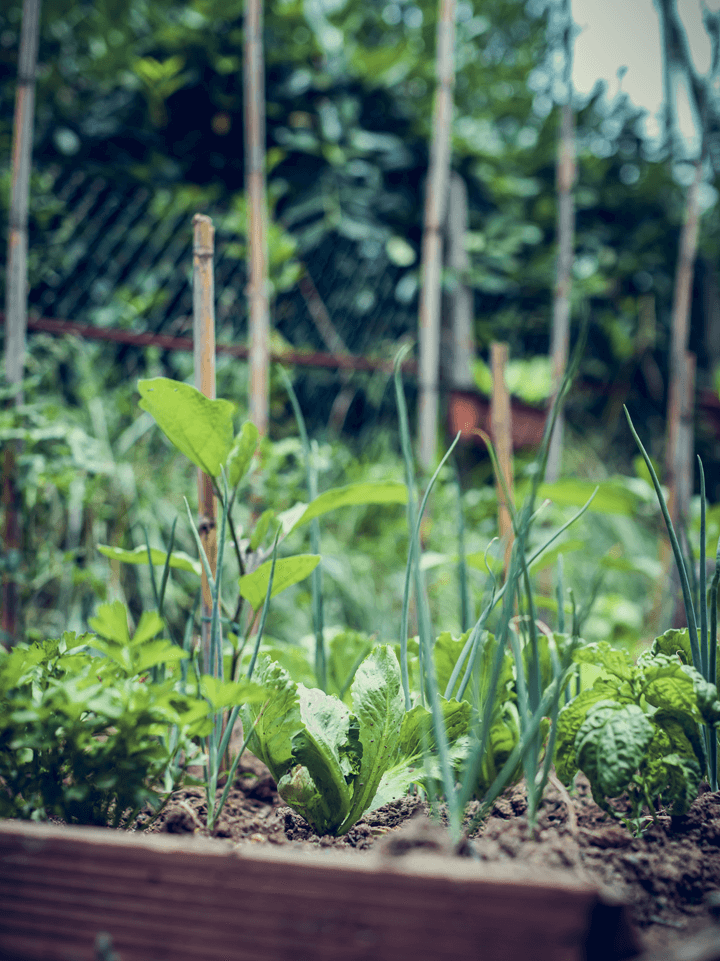
Permaculture’s ultimate goal is sustainability: You nourish the soil, the soil nourishes the plants, and the plants nourish you.
Over time, the system becomes more resilient and requires less external input, meaning less labor, water, and resources, and that is the beauty of this.
Conclusion
Starting a permaculture garden is a rewarding way to grow your own food and harvesting abundance while caring for the environment.
By working in harmony with nature, you can create a self-sustaining ecosystem that provides food, protects the soil, and enhances biodiversity.
Whether you’re working in a small backyard or on a larger piece of land like us, these steps will guide you toward a successful, thriving permaculture garden that serves both you and the earth.
That’s it for this article. Did you like it?
Leave your comment or suggestion below. I love responding to all comments and I always do it personally.
Talk to you soon 🙂
P.S. If you would like to help us build our dream home, you can do it here. Or if you would like to help us continue recording videos, you can do it here. Either way, your support is very much appreciated.

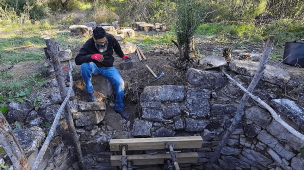
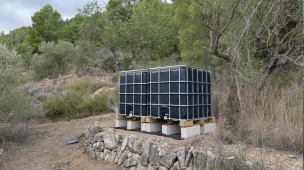


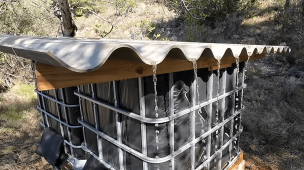
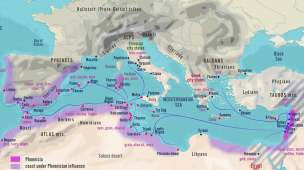
Permalink
Another great article, Ricardo! I’m a big fan of permaculture. I look forward to seeing you start your own permaculture garden soon.
Permalink
Hello Robert. I`ve no experience in permaculture, but I am learning and soon will start applying it on our abandoned farm in Spain. Thank you for taking the time to read the article. Regards, Ricardo dos Santos
Permalink
I really like the no dig garden principle. How do you intend to make the benches your permaculture garden? Great article, Ricardo!
Permalink
Hello Amanda. I also like the no dig garden concept. It is simple and quick to implement. Thank you for taking the time to read the article. Regards, Ricardo dos Santos
Permalink
The way forward is certainly permaculture. We can no longer continue with this system of corporate destruction. This blog is really cool! Keep it up 🙂
Permalink
Hello Kayle. Definitely the way forward is permaculture. Thank you for taking the time to read the article. Regards, Ricardo dos Santos
Permalink
Hi Ricardo. There is a lot of prejudice against permaculture among corporations. Thanks to small projects like yours, the principles of permaculture are being restored. Good work!
Permalink
Hello Erik. I know exactly what you are talking about. Slowing we are going the change traditional agriculture to permaculture agriculture. That is for sure! Thank you for your comment!